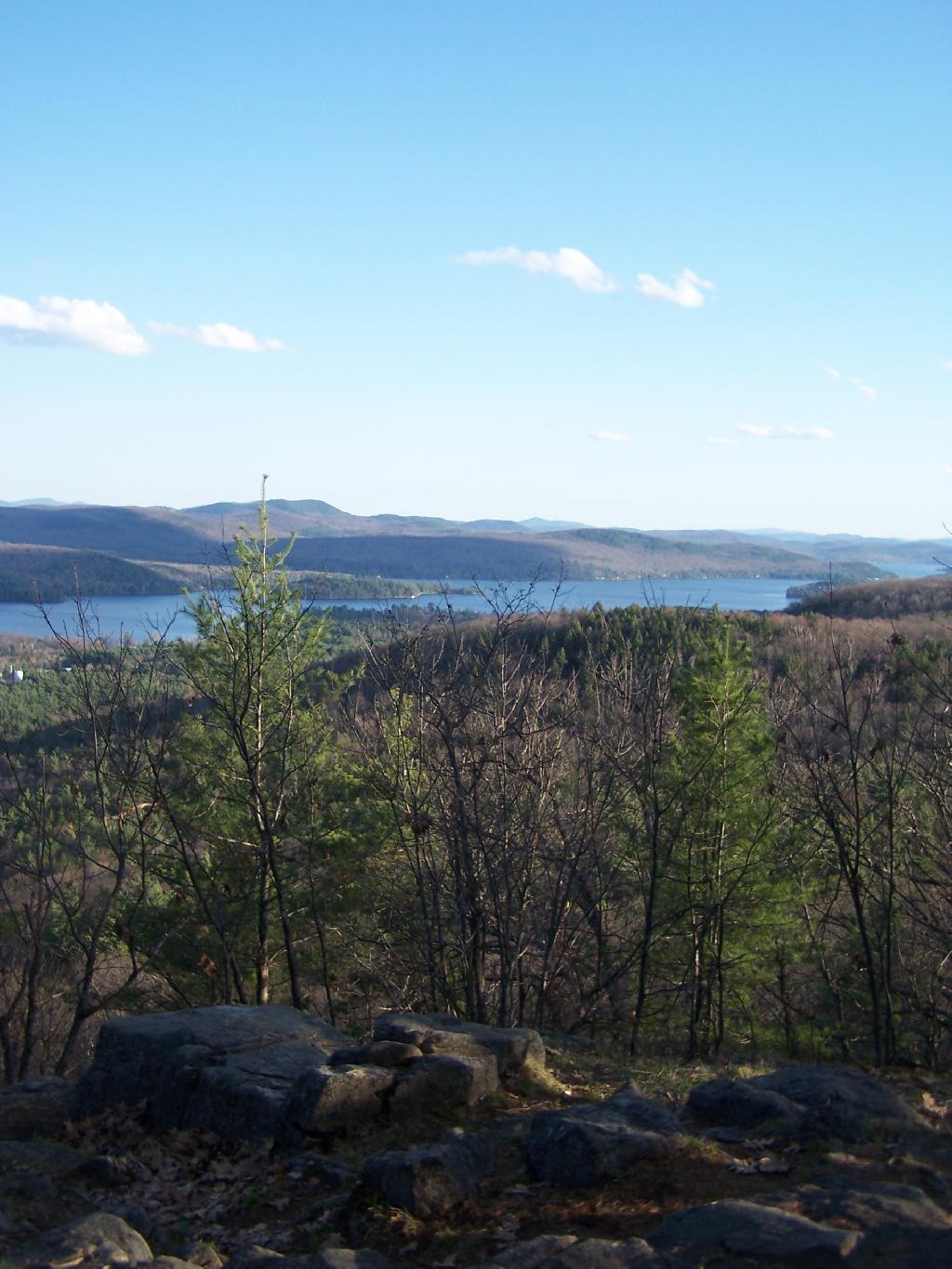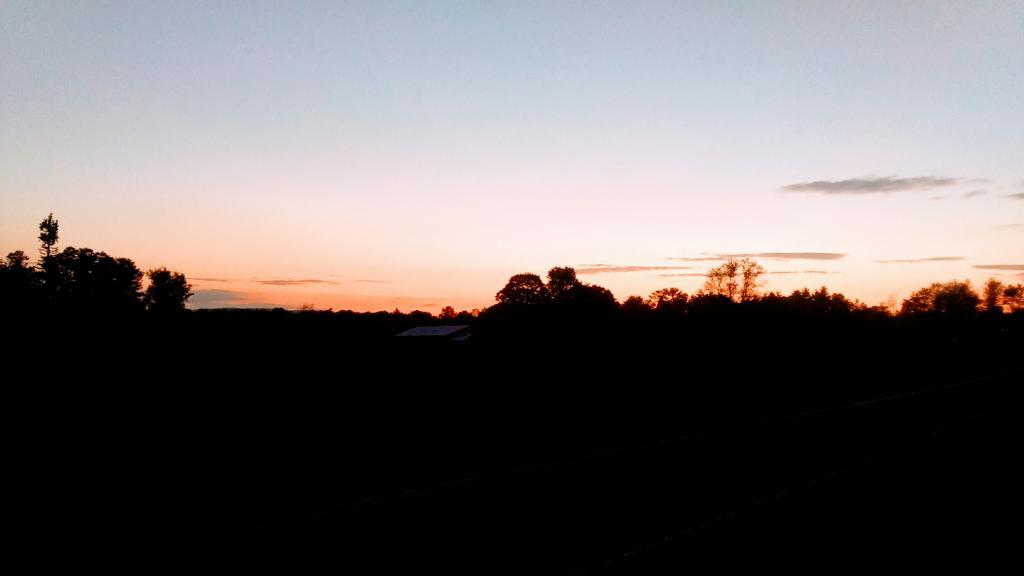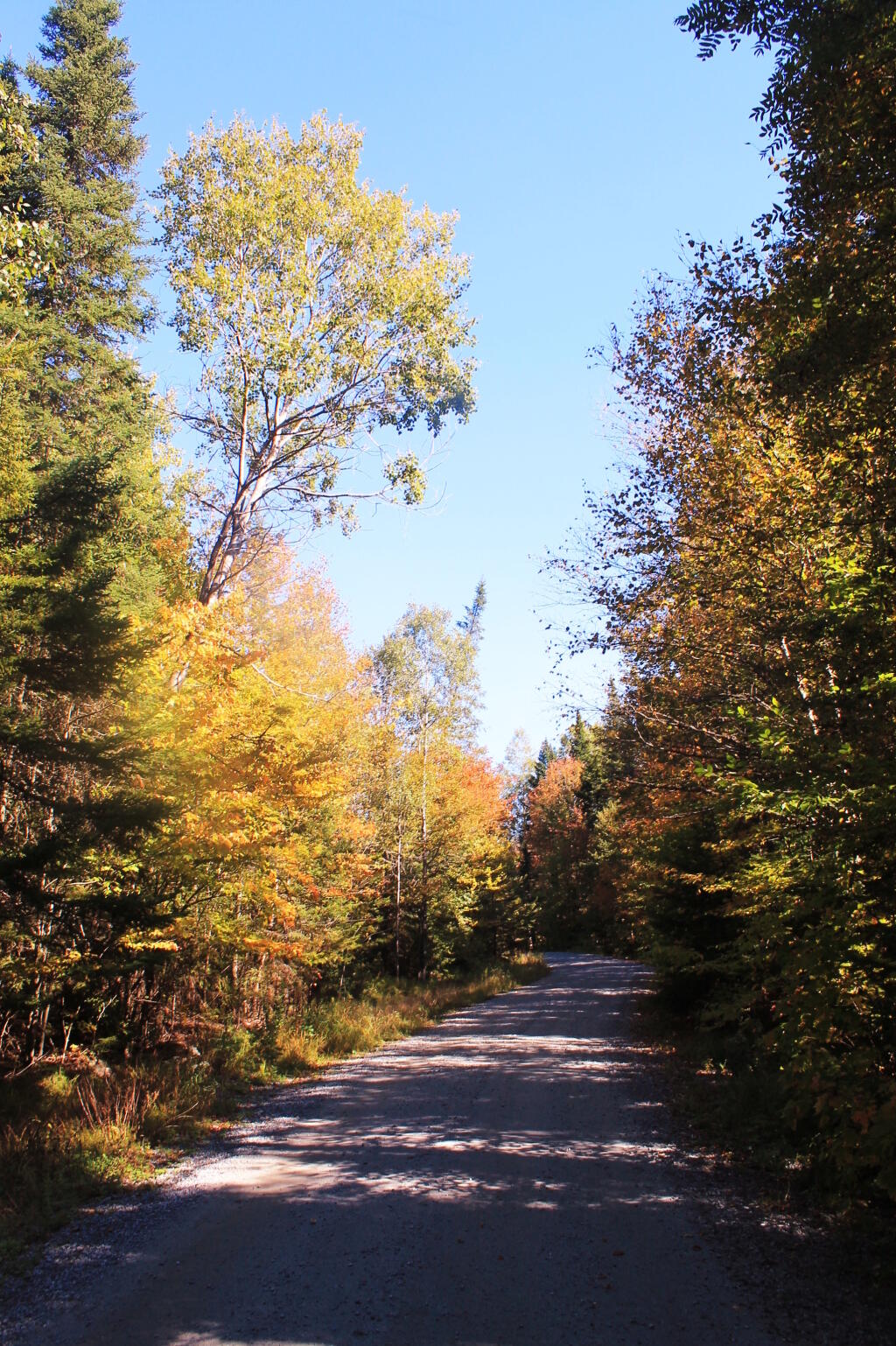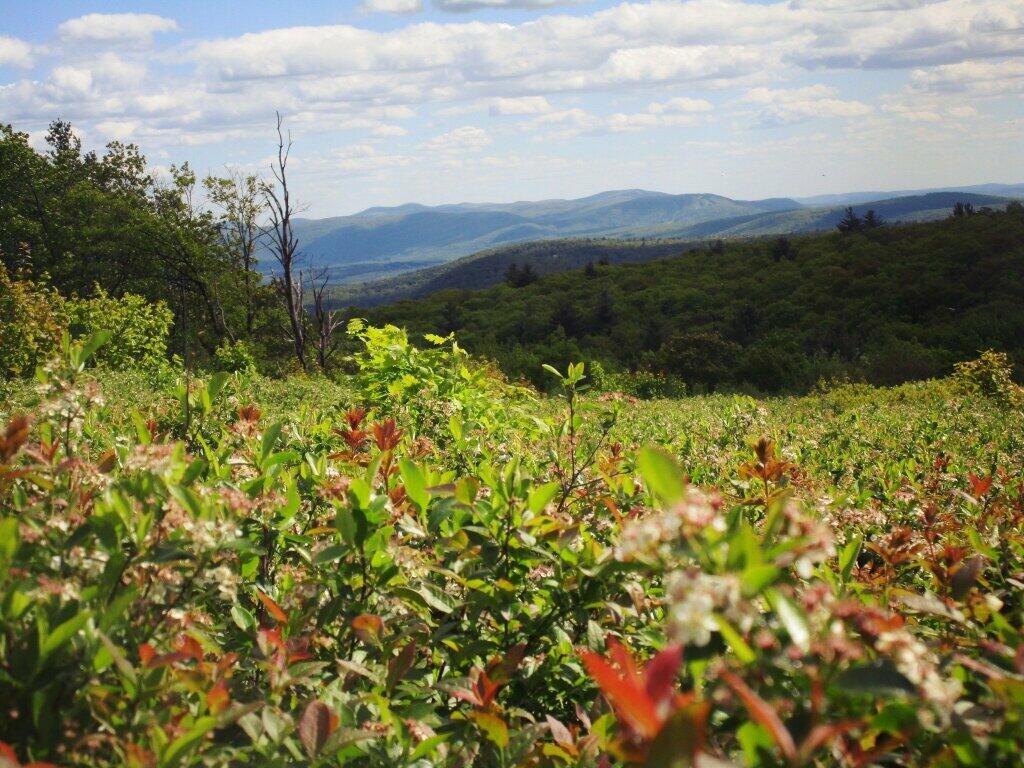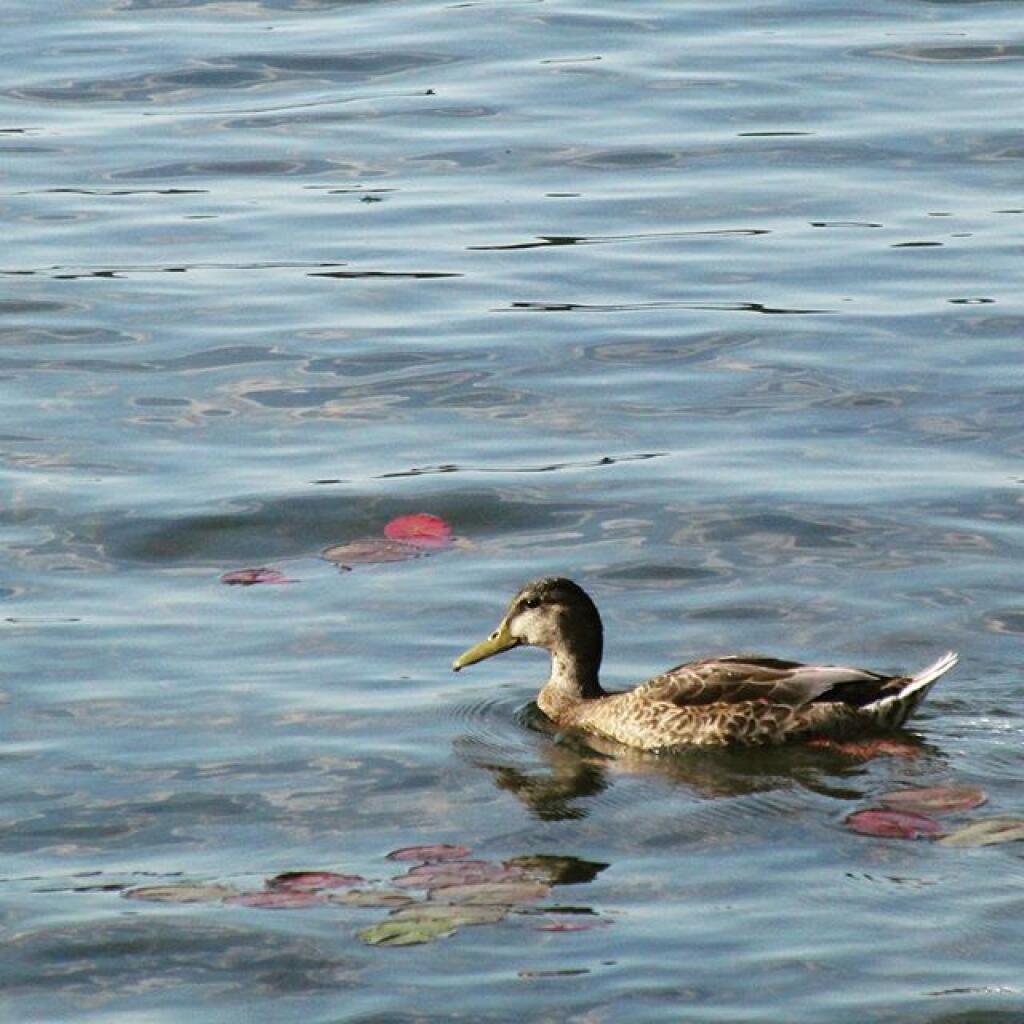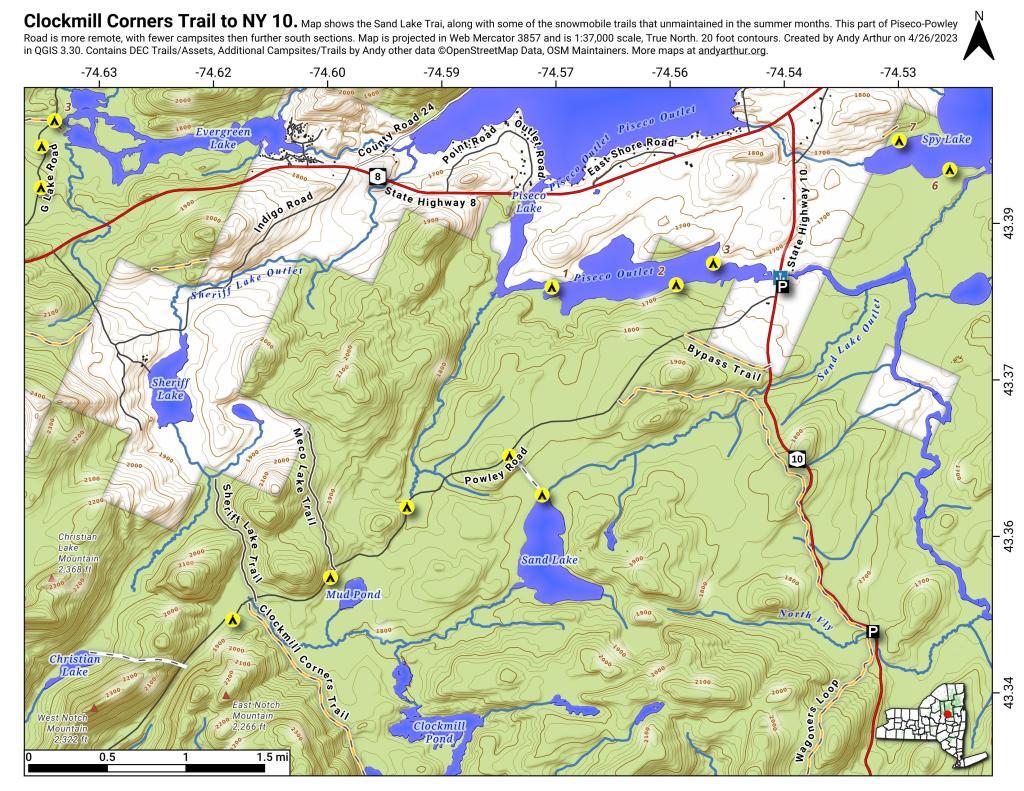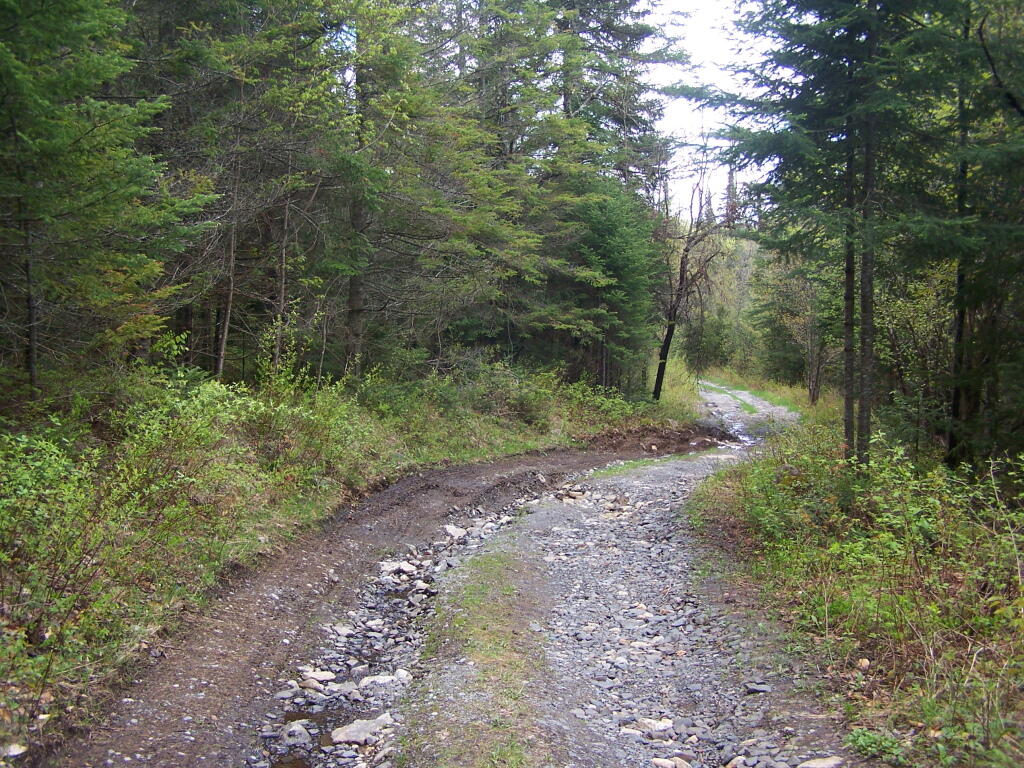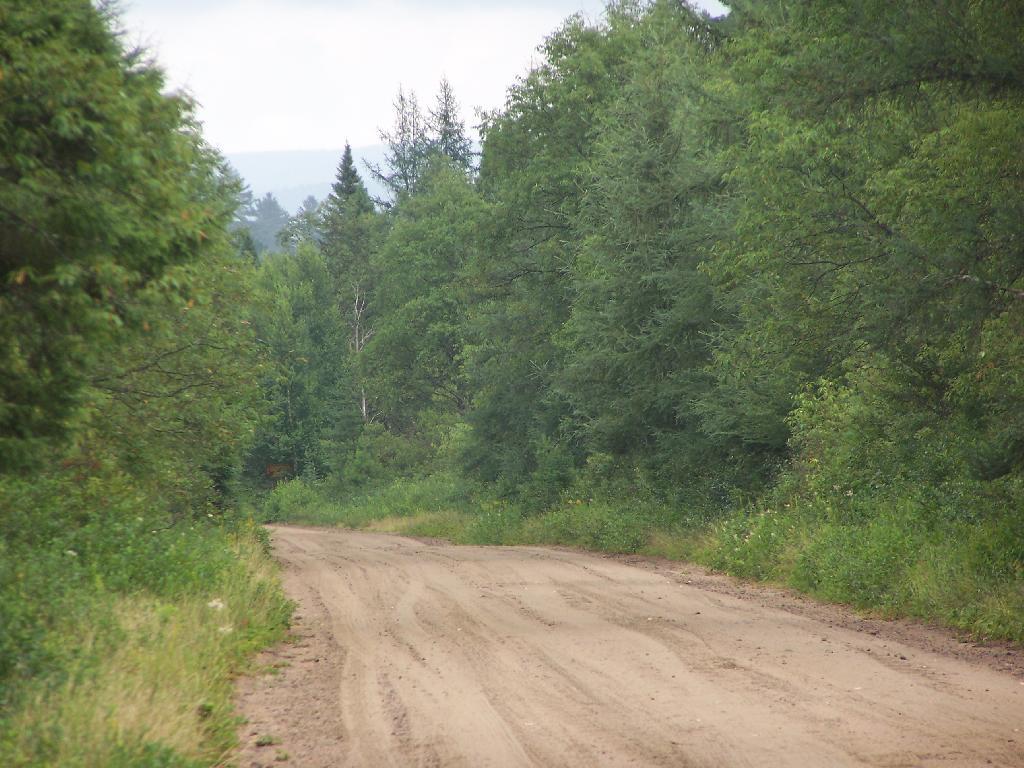There are many state lands away from big cities that are relatively unrestricted in their use. They are so free only because they are largely unknown by the public and the lack of use means they can be used extensively without serious environmental damage.
The wear and tear by a few pickup trucks, quads, and horses seem minimal compared to the damage we see in far more restricted urban areas. I am inspired by Rural America and how little us humans have destroyed it compared to the big cities.
People can pollute more per capita and do far more damage then would be permissible if more people where out here. A truck can tear up a muddy trail pretty badly, but many people walking on one trail can do far more damage as witnessed in the Northern Catskills. People who live out here can have dirty diesel tractors, big gas-guzzling pickup trucks, and burn trash without significantly compromising their clean air or their quality of life. We could only wish that to be the case in the big city.
My biggest fear is what will happen when the cities expand further and further out into the country. What will happen with a new class of people coming out to enjoy the land? More people will ultimately mean more rules, less, freedom, and certainly no camping or four wheeling. The area won’t be as beautiful as farmsteads and forests get replaced by McMansions enjoying the mountains. What once was empty roads is increasingly becoming houses.
You just have to fear what it will mean when people come out here and settle the land. Outsiders will start demanding that we change, and that we start following their orders. Rural America might ultimately be the Pine Bush of the future a seriously compromised area that only is preserved for historical memories of the great beauty. Life in Rural America is nice now, but how will it be when country ain’t country no more
.
